Introduction
Have you ever stopped to appreciate the beauty in imperfection? From cracked ceramics to weathered wood, there is a hidden elegance in flaws that can transform our spaces into reflections of authenticity and tranquility. Enter the world of Wabi-Sabi, an ancient Japanese philosophy that embraces the imperfect and celebrates the beauty of impermanence.
There are seven Wabi-Sabi design principles to follow:
- Fukinsei – Imperfection
- Kanso – Simplicity
- Koko- Internal beauty
- Shizen – Natural
- Yugen – Mysterious and profound beauty
- Datsukozu – Unworldliness
- Seijaku – Tranquility
In this article, we will explore the principles of Wabi-Sabi and discover how they can be applied to interior design and art. By understanding the essence of Wabi-Sabi, incorporating natural materials, embracing minimalist aesthetics, and appreciating the passage of time, you can create a harmonious sanctuary that speaks volumes about the ever-changing nature of life. Get ready to unlock the surprising beauty of imperfection and embark on a journey of tranquility and authenticity.
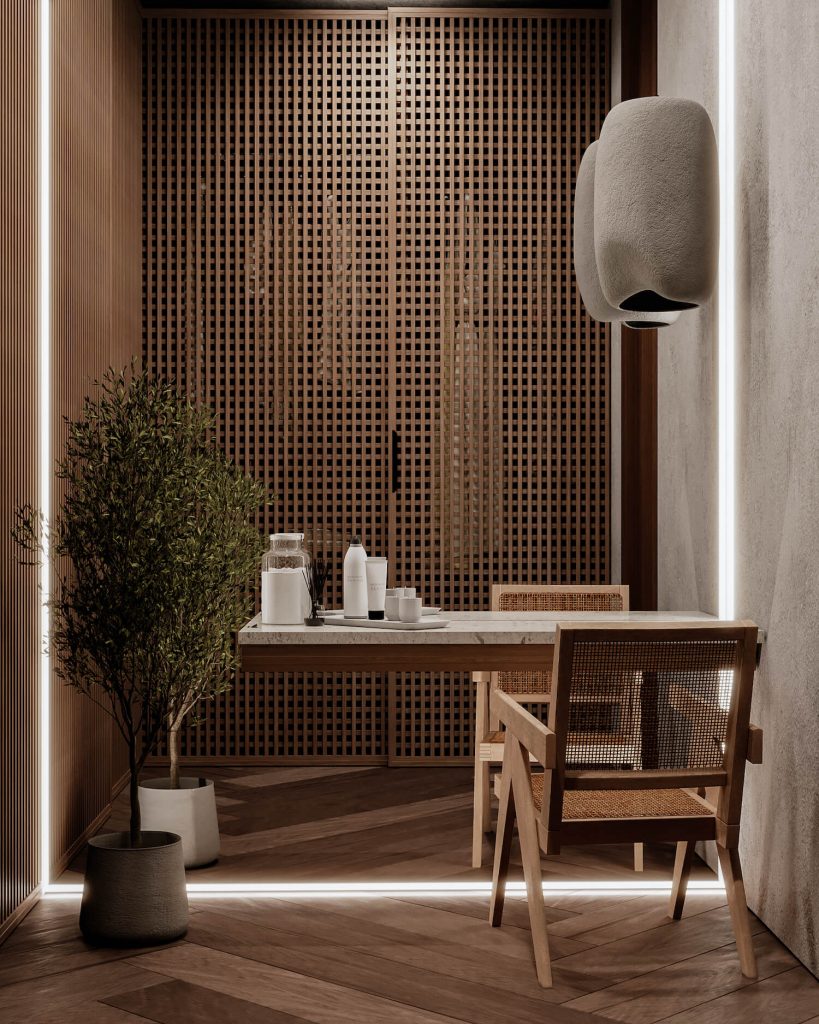
Understanding Wabi-Sabi: Embracing Imperfections
To fully embrace the principles of Wabi-Sabi in interior design and art, it is essential to understand the concept of embracing imperfections. By valuing the beauty found in flaws and impermanence, we can create spaces that exude authenticity and tranquility. In the subsequent section, we will delve into the idea of incorporating natural materials, which allows us to celebrate the beauty of impermanence in our surroundings.
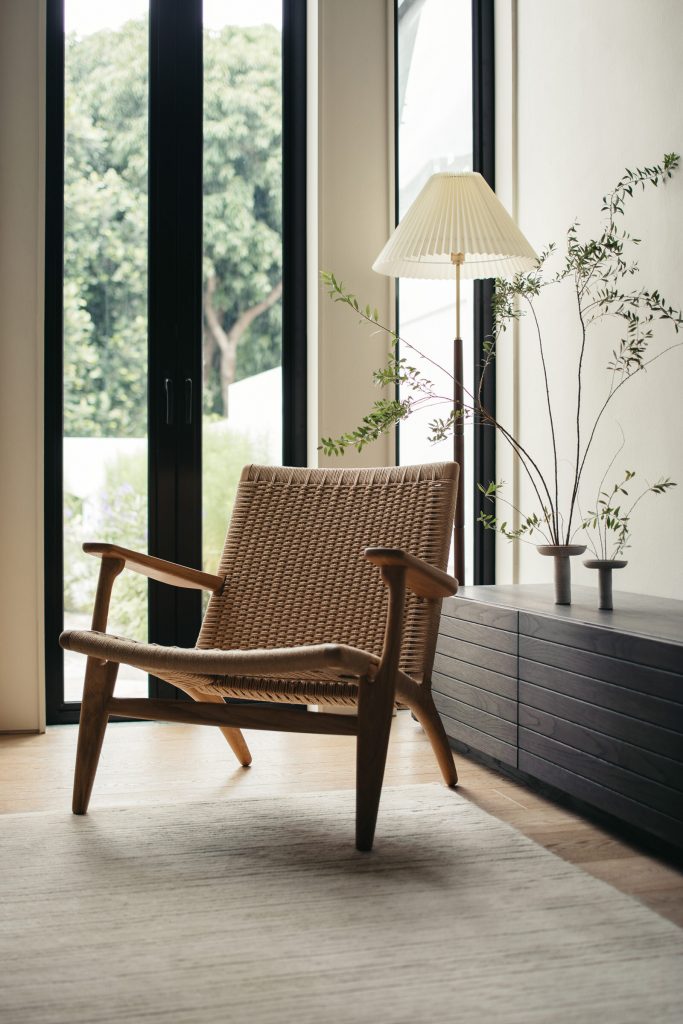
Incorporating Natural Materials: Celebrating the Beauty of Impermanence
Incorporating natural materials is a key aspect of embracing the beauty of impermanence in interior design and art. By incorporating elements from the natural world, we invite a sense of timelessness and connection to the ever-changing cycles of life. Whether it’s the warm, weathered wood of an antique table or the rough, uneven texture of a stone wall, these materials add depth and character to our spaces, reminding us that nothing lasts forever.
One of the most captivating aspects of natural materials is their ability to evolve and age gracefully over time. Just like us, they display the marks of their experiences and the passage of time, telling a unique story. The imperfections that emerge, such as cracks in wood or fading colors in fabrics, are not seen as blemishes but as beautiful reminders of the journey each material has taken.
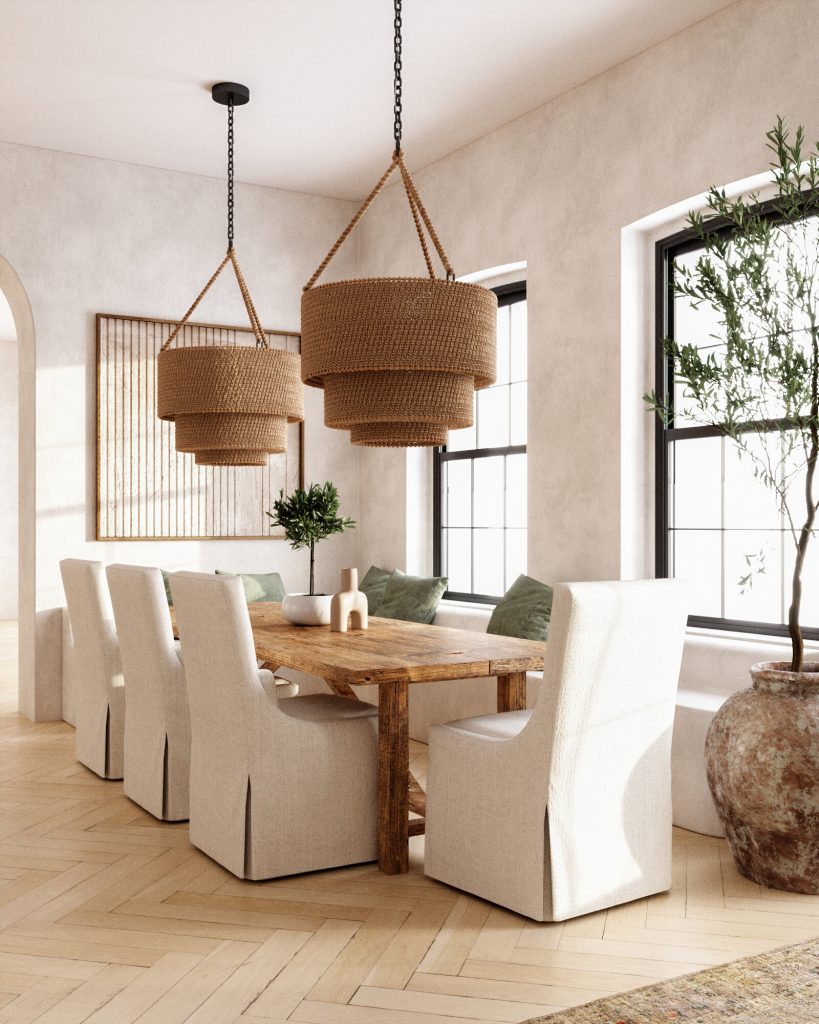
Another reason to incorporate natural materials is their inherent connection to the environment. By opting for sustainable and locally sourced materials, we reduce our carbon footprint and support a more responsible approach to interior design. Choosing reclaimed wood, for example, not only adds character to a space but also prevents the need for new trees to be cut down.
In embracing impermanence through natural materials, we also gain a deeper appreciation for the transient nature of life itself. The delicate petals of a flower, the changing hues of autumn leaves, or the gradual patina on a metal surface all remind us of the fleeting beauty that surrounds us. By incorporating these materials into our spaces, we create a harmonious environment that aligns with the ever-changing nature of our world.
The concept of incorporating natural materials seamlessly sets the stage for the next aspect of embracing Wabi-Sabi in interior design and art: minimalist aesthetics. By simplifying our spaces and focusing on the essentials, we can cultivate a serene and tranquil atmosphere that allows imperfections to truly shine.
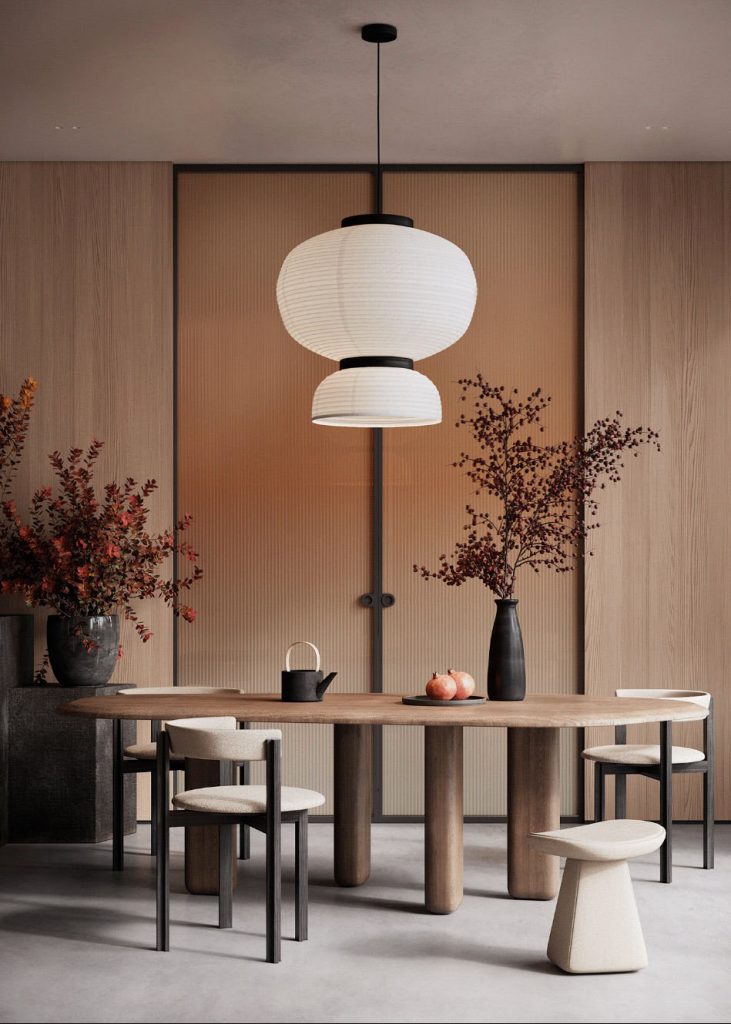
Minimalist Aesthetics: Finding Tranquility in Simplicity
By embracing impermanence through the use of natural materials, we also develop a deeper appreciation for the transient nature of life itself. Delicate petals of a flower, changing hues of autumn leaves, and the gradual patina on a metal surface all serve as reminders of the fleeting beauty that permeates our surroundings. These materials, when incorporated into our living spaces, create a harmonious environment that aligns with the ever-changing nature of our world.
As we delve further into the realm of Wabi-Sabi in interior design and art, we come across another essential aspect: minimalist aesthetics. By simplifying our spaces and focusing on the essentials, we have the opportunity to cultivate a serene and tranquil atmosphere that allows imperfections to truly shine. This intentional reduction of clutter not only declutters our physical spaces but also declutters our minds, allowing us to find solace and clarity amidst the chaos of everyday life.
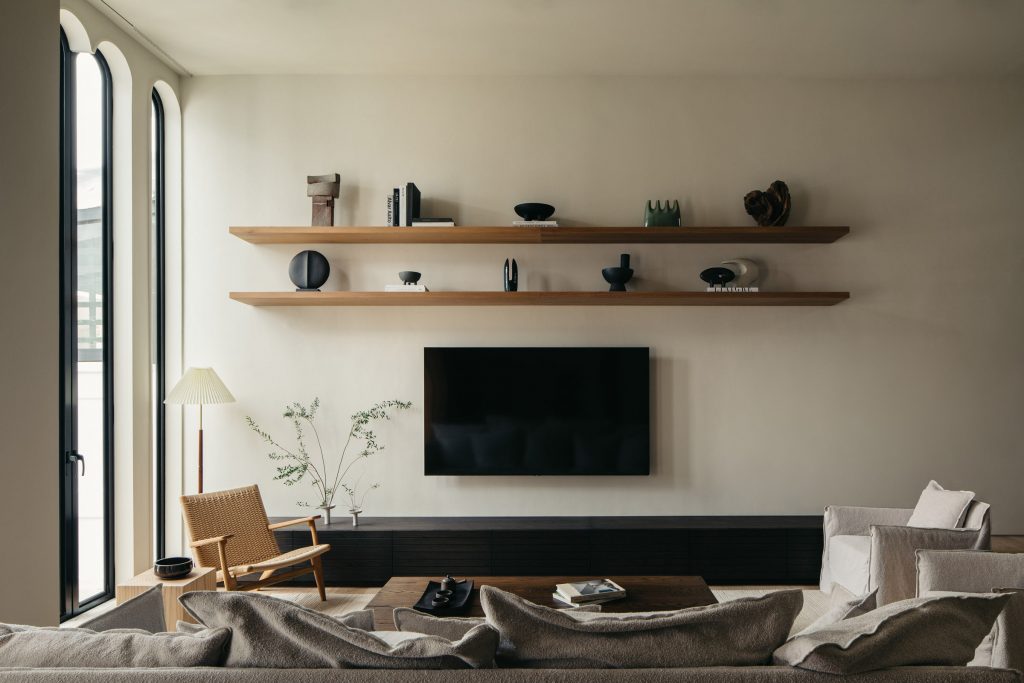
Through minimalist design, we strip away the unnecessary, allowing us to focus on what truly matters. Each carefully chosen item finds its purpose in the space, creating a sense of balance and harmony. In the absence of excess, our attention is drawn to the inherent beauty of imperfections—the cracks in a ceramic tea cup, the rustic charm of weathered wood, or the uneven edges of a handcrafted vase. These imperfections become intriguing focal points, inviting us to appreciate the uniqueness and authenticity in each object.
By incorporating minimalist aesthetics into our interior design and art, we are creating a sanctuary of tranquility where our senses can rest and find solace. The simplicity of the space allows our minds to unwind, and in this stillness, we can truly appreciate the beauty that surrounds us—the gentle play of light and shadow, the soft touch of natural textures, and the subtle elegance of understated decor.
In this state of tranquility and mindfulness, we are ready to explore the next aspect of Wabi-Sabi: embracing the passage of time and the beauty found in patina and weathering. As we continue our journey, we are reminded that imperfection is not a flaw to be hidden, but rather an invitation to embrace the uniqueness and grace that comes with the inevitable passage of time.
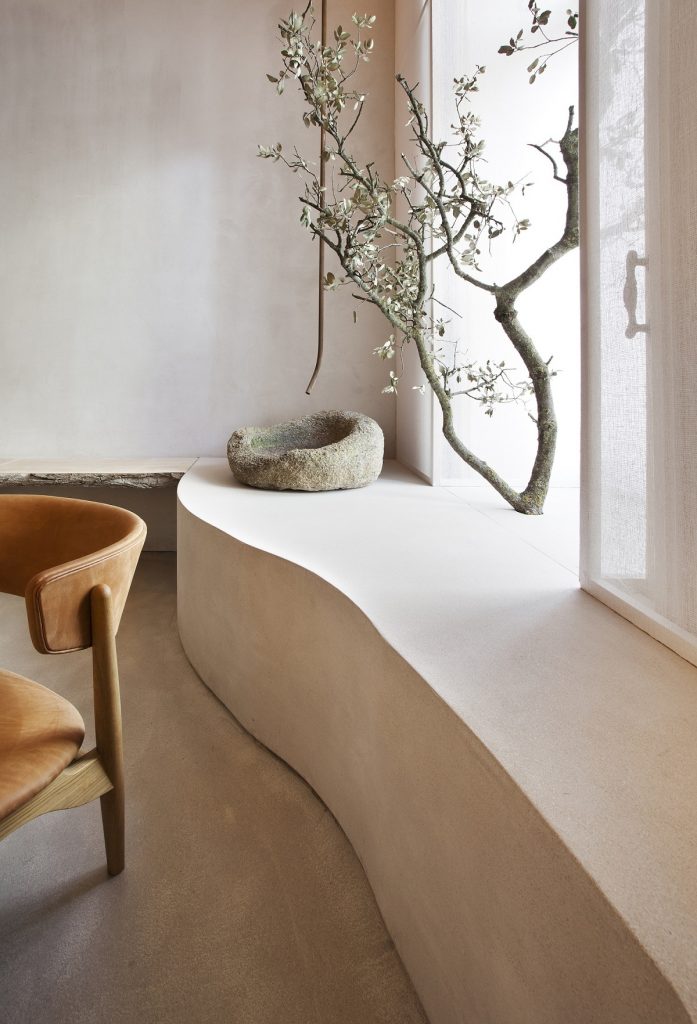
Embracing the Passage of Time: The Beauty of Patina and Weathering
In our pursuit of creating serene and harmonious spaces, we have delved into the world of Wabi-Sabi—an art form that celebrates imperfection and embraces the beauty that comes with it. As we immerse ourselves in this philosophy, we are reminded that the passage of time has a profound influence on the objects and materials that surround us. It is through the process of aging, weathering, and acquiring a patina that they reveal their true character and intricate stories.
A perfect example of Wabi-Sabi design is the art of Kintsugi (repairing broken pottery with gold, platinum, or silver).
Just as a treasured antique gains value with each passing year, our interior design and art can also become more meaningful as they age. The scratches on a wooden table, the faded colors of a vintage painting, or the worn edges of a cherished book all bear witness to the life they have lived. These signs of wear and tear are not defects to be concealed, but rather a testament to the resilience and endurance of the objects themselves.
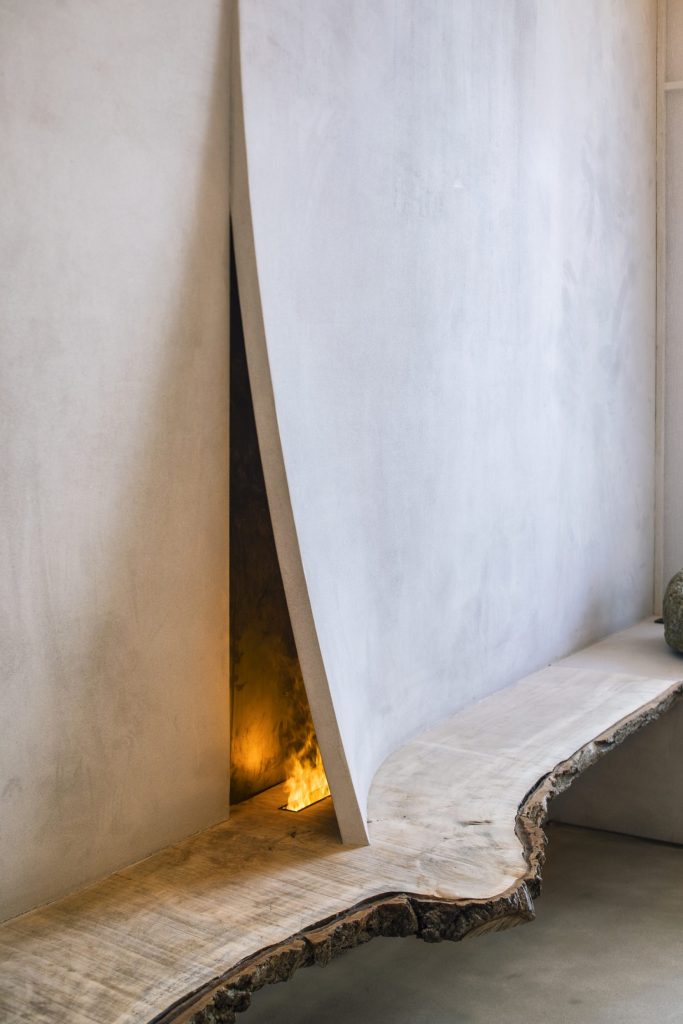
The beauty of patina and weathering lies in their ability to infuse depth and richness into our surroundings. When we observe a weathered brick wall, for example, we see more than just faded paint and crumbling mortar. We see the stories of those who have passed by, the memories etched into its surface, and the striking juxtaposition of strength and vulnerability. In these imperfections, we find a profound sense of connection and a reminder of the transient nature of all things.
As we incorporate elements of patina and weathering into our interior design and art, we are not only embracing the passage of time but also inviting a sense of nostalgia and authenticity into our spaces. By purposefully selecting items that have already lived a life, we are paying homage to their history and bringing a unique sense of character into our surroundings. Whether it’s a vintage rug, an antique piece of furniture, or a weathered sculpture, these objects weave a narrative into the fabric of our space, evoking emotions and inspiring contemplation.
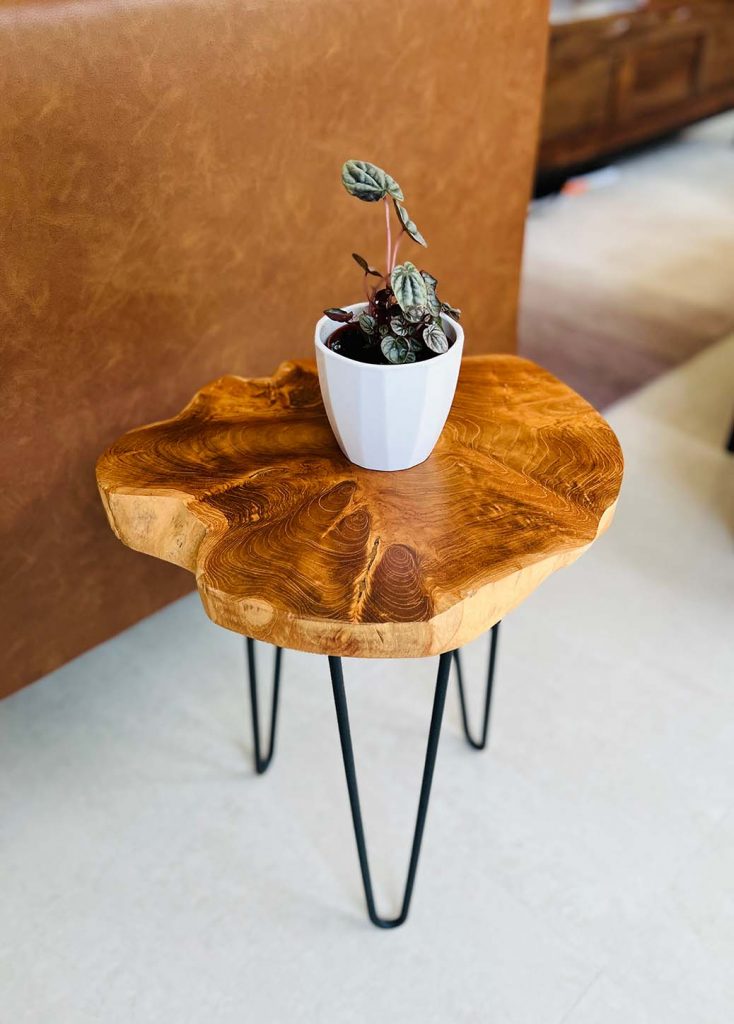
In our quest for perfection, we often overlook the inherent beauty that comes with the passage of time. But by embracing the art of patina and weathering, we can create environments that resonate with our souls on a deeper level. The cracks, the rust, and the faded hues all contribute to a sense of authenticity and raw beauty that cannot be replicated or manufactured. They serve as a gentle reminder that life is not static, but rather a journey of constant change and evolution.
As we uncover the beauty in patina and weathering, we are reminded that imperfections add depth and substance to our lives. Each scratch, each mark, and each wrinkle carries a story—a story that speaks of resilience, growth, and the passage of time. So let us embrace these imperfections and celebrate the beauty that can only be found in the ever-changing landscape of our interior design and art.,
In a world obsessed with perfection, Wabi-Sabi beckons us to embrace the hidden beauty in flaws and imperfections. As we have explored in this article, the principles of Wabi-Sabi can transform our interior spaces into sanctuaries of tranquility and authenticity.
Conclusion
By celebrating imperfections, incorporating natural materials, adopting minimalist aesthetics, and honoring the beauty of patina and weathering, we can create environments that elicit a sense of harmony and connection with the world around us. Our spaces become reflections of the ever-changing nature of life itself.
As we immerse ourselves in the essence of Wabi-Sabi, we find solace in impermanence and discover a renewed appreciation for the transitory nature of existence. In our pursuit of perfection, we often overlook the beauty that lies within imperfection. By cultivating an eye for Wabi-Sabi, we invite a sense of wonder and fascination into our lives.
Next, consider reading:
Infusing Japandi Design into Your Scandinavian Home: The Zen Blueprint
Zen Art and Japandi Design: A Harmonious Blend of Simplicity and Mindfulness
The Enso Circle in Zen: Symbolism and Artistry
10 Steps to Create a Beautiful Japandi Home
Take the first step towards your own Zen-inspired sanctuary by adding Japandi wall art to accentuate your style.
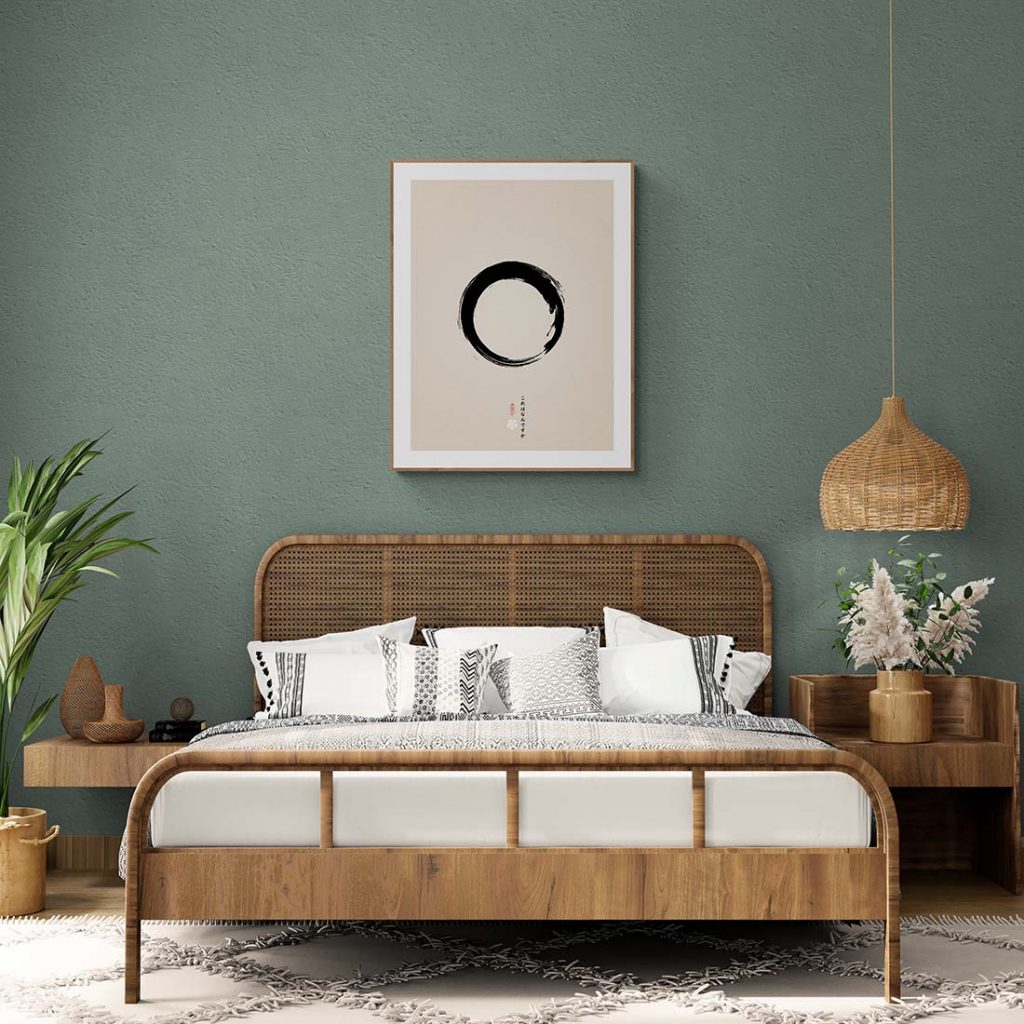
At the Art of Zen we have a wide selection of original Japanese style art prints in the ukiyo-e and Japandi style . Add some zen to your space with some art from the Art of Zen shop.
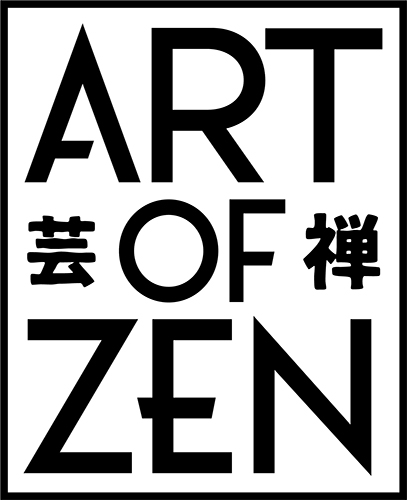
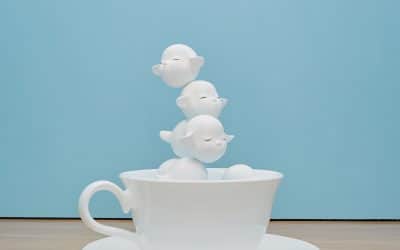


0 Comments